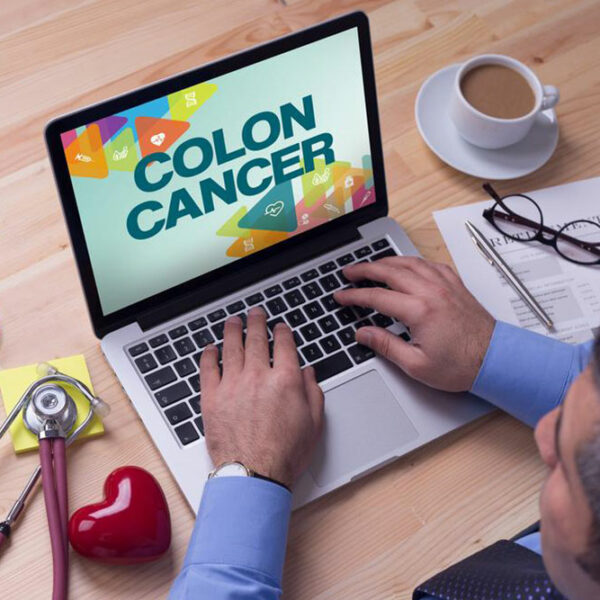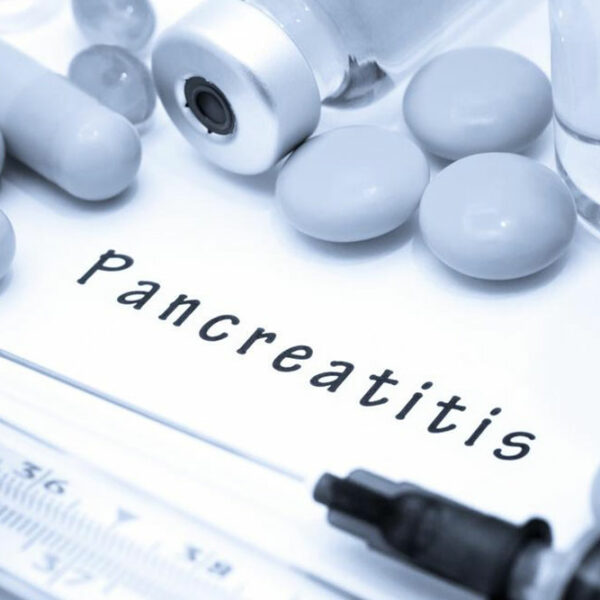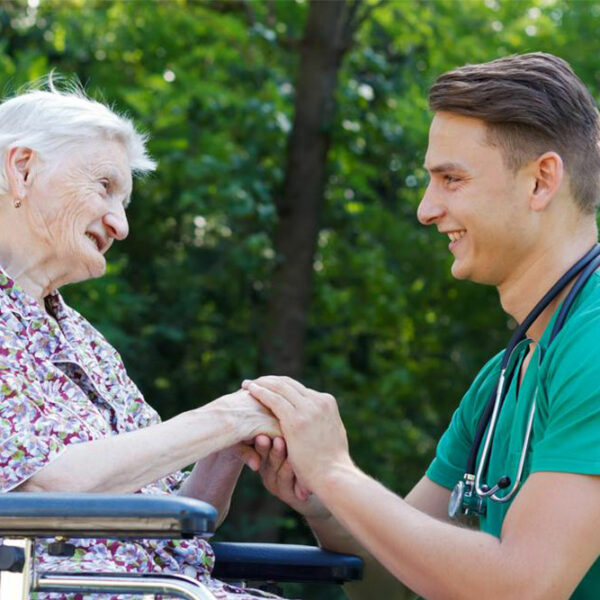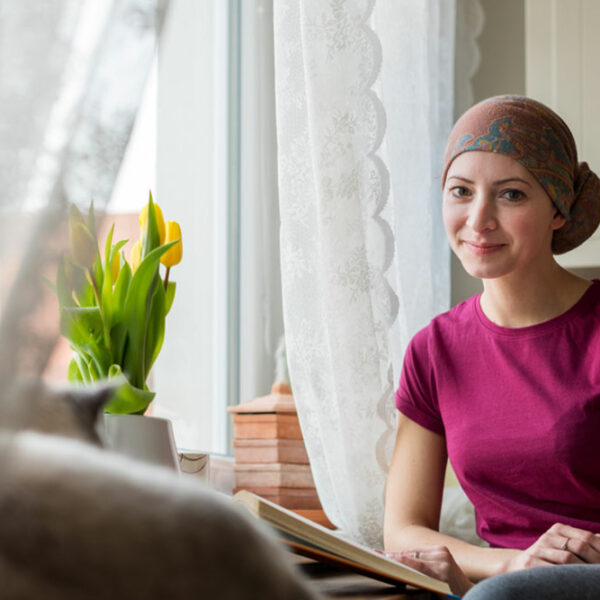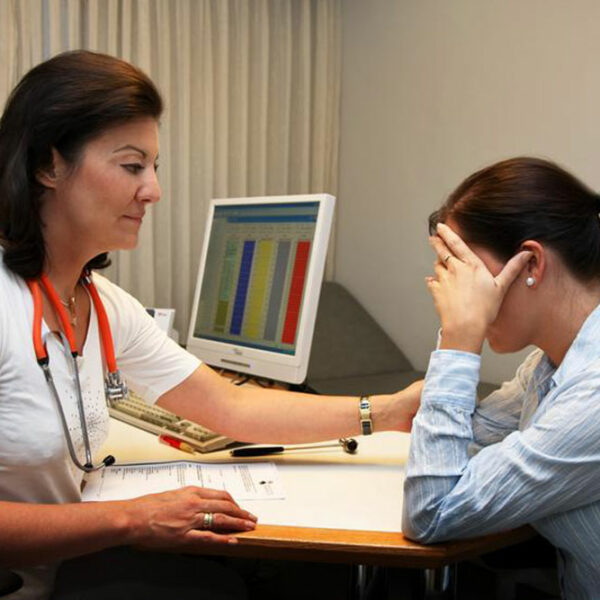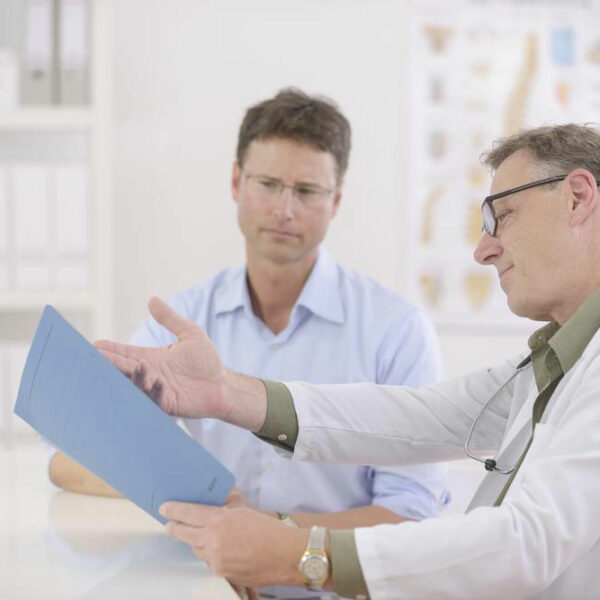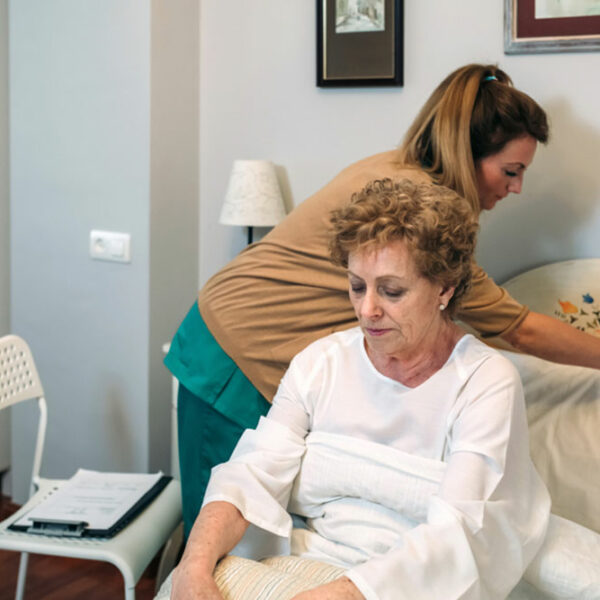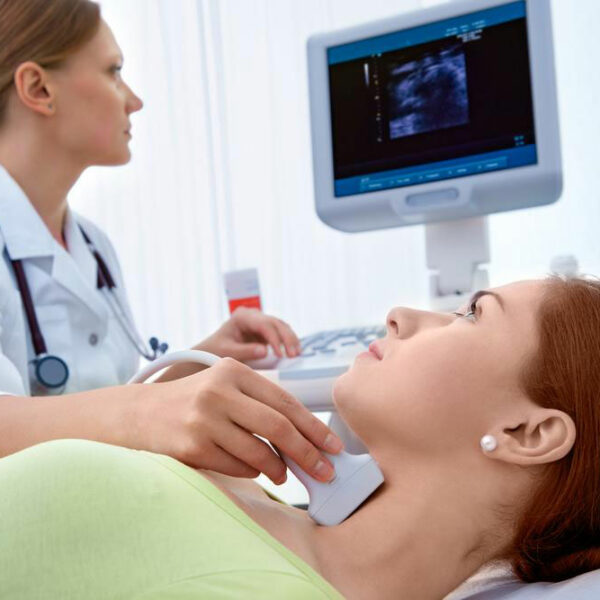
Types of treatment available for metastatic prostate cancer
Prostate cancer that has reached its stage IV or metastatic state is treatable but unfortunately not curable. Metastatic prostate cancer can usually be treated by standard therapies such as hormone therapy, immunotherapy, and chemotherapy. Using these treatments over a period of time, metastatic prostate cancer can be controlled for several years. Hormone therapy The simple theory behind the treatment through hormone therapy is that it deprives a man’s body of male hormones that are necessary for prostate cancer cells to grow. The treatment of hormone therapy, initially can be achieved with orchiectomy, which means removal of one or both the testicles, or luteinizing hormone-releasing hormone (LHRH) analogues solely or in combination with an anti-androgen. Chemotherapy Just like hormone therapy, chemotherapy is a systematic therapy in which the cancer-fighting drug circulates in the blood and to the parts of the body where the cancer may have spread. It can also kill or eliminate cancer cells at sites that are at great distances from the original cancer. Conventional chemotherapy drugs that are available for the treatment can have serious side-effects including loss of immunity, loss of hair, nausea, etc. because the drugs used in chemotherapy kill all kinds of cells that come in its way.
